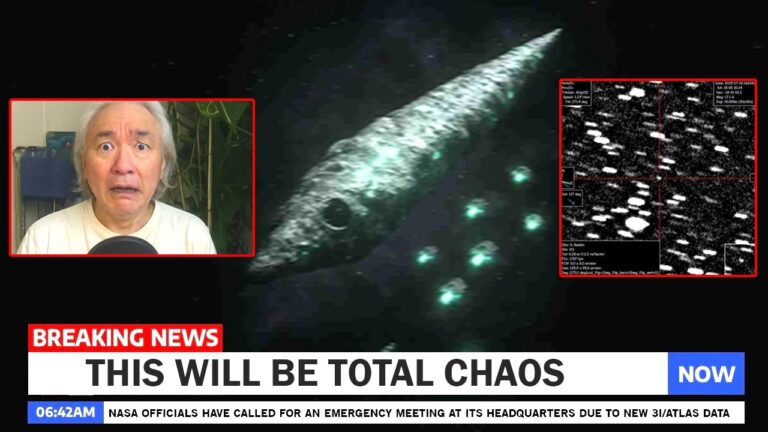In an extraordinary turn of events that could redefine our understanding of interstellar objects, astronomers are racing against time as they grapple with the startling transformation of Threeey Atlas, a once-innocuous comet that has morphed into a phenomenon causing unprecedented alarm among scientists. Once just a faded speck on the cosmic canvas, this celestial enigma has emerged as a blood-red beacon emitting staggering amounts of heat and energy — potentially signaling the presence of something entirely artificial in our solar system.

When Threeey Atlas was first recorded, it was perceived as just another comet, a mere blip with an unremarkable white glow. However, as it journeyed nearer to our sun, all expectations were shattered. Months have passed since that innocuous initial observation, and the transformation that has transpired is beyond comprehension. The white glow; a serene reflection of sunlight has long disintegrated into a pulse of dark crimson luminescence, unlike anything seen before. This crimson illumination flickers ominously from within, reminiscent of an active nuclear reactor — a fate that offers no comfort as its power readings soar to one hundred times that of the catastrophic Chernobyl disaster, with current estimates surpassing a shocking fifty gigawatts.
With each passing day, the mystery deepens. Scientists, led principally by Harvard astrophysicist A. Lobe, have scrutinized Threeey Atlas to connect the dots of its evolution, fusing compelling data with unnerving hypotheses. What started as a harmless reflection of sunlight has undeniably shifted into a state of ferrous intensity, leading to questions that could reshape our comprehension of celestial entities. Data indicates this is not merely a comet reacting to solar radiation, but potentially a machine modifying its emissions and trajectory — a claim that could unearth the presence of extraterrestrial innovations.
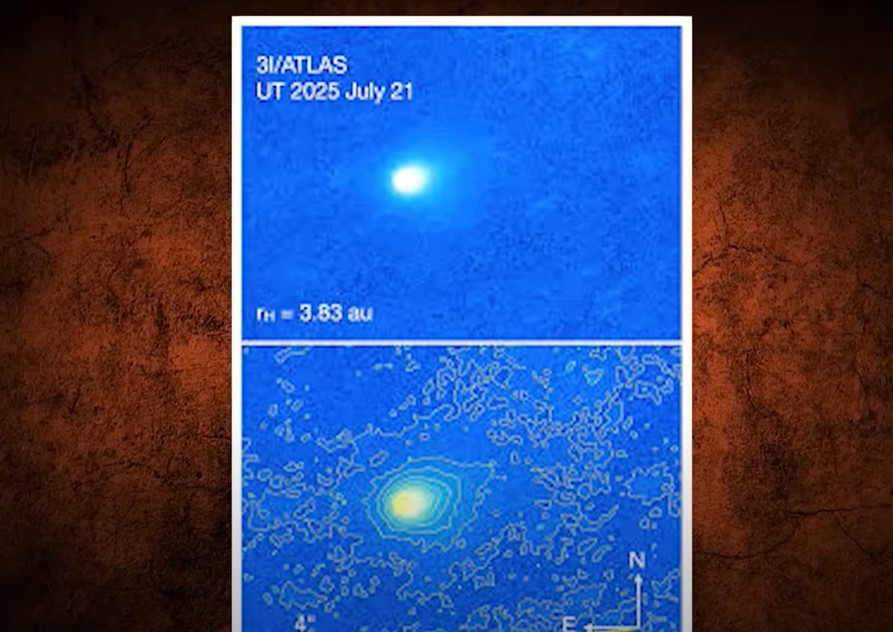
The red hue exhibited by the comet is merely the latest phase in its mysterious lifecycle. Initially, its surface presented as a pristine white — a dormant exterior. As it entered the inner solar system, it absorbed solar radiation, developing a yellow glow. Then came the inexplicable emerald halo that captivated the world — and yet, its spectral analysis revealed a shocking twist: no carbon chain molecules to justify such luminescence. Now in its full red form, astronomers are not only observing a comet; they are potentially witnessing a technological advancement, an intricate engine ‘awakening’ with each transitioning hue.
Groundbreaking observations have rendered conventional explanations inadequate. Observatories have detected gas signatures, including an outpouring of nickel vapor intermingled with carbon dioxide and metallic particles, materials that are produced under extraordinary conditions. Nickel vaporization occurs at staggering temperatures near that of a small star, which should not be achievable in the relatively colder domain of Mars. This has sparked theories suggesting that we are indeed observing an advanced propulsion system rather than the natural behavior of a comet.
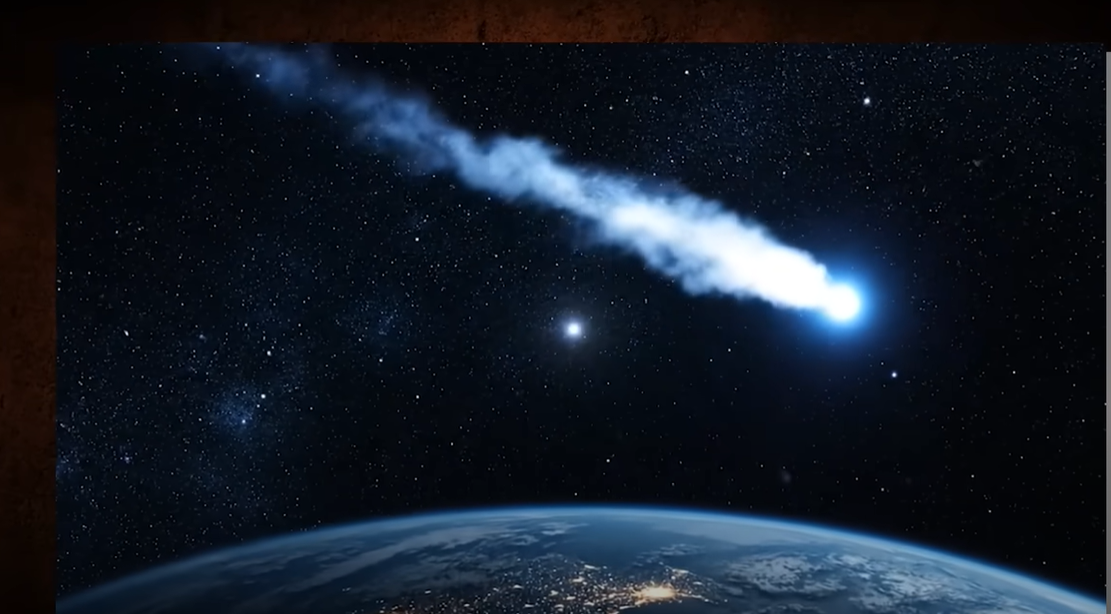
Yet, perhaps most alarming is the rapidly increasing mass of Threeey Atlas. Rather than the anticipated loss of material — synonymous with cometary behavior — estimates have surged from an initial ten billion tons to over thirty-three billion tons. Described as a “feeding” phenomenon, this could imply the craft is actively collecting interstellar particles and converting them into energy.
A. Lobe makes a bold assertion, suggesting that the sequence of color changes corresponds to functional parameters akin to a machine. The glaring stability of Threeey Atlas’s trajectory, a straight line devoid of the expected wobble that accompanies comets, adds credence to the notion that we are observing something controlled and deliberate — a navigational anomaly unlike anything documented.
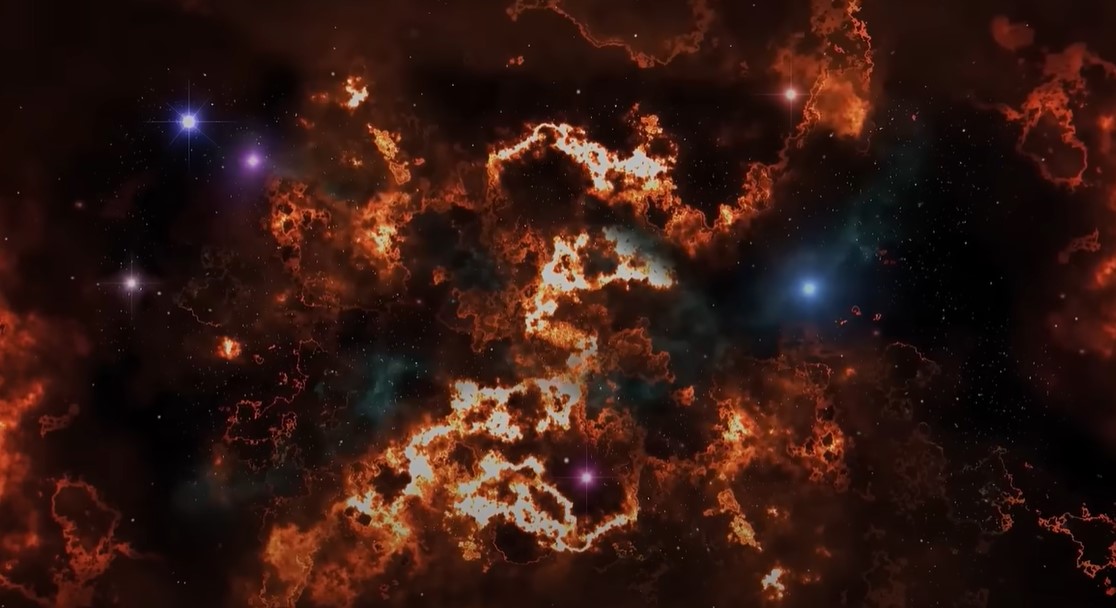
As suspicions rise, skeptics like Neil deGrasse Tyson and Michio Kaku have stepped forward to assert more conventional theories regarding the comet’s behavior, albeit with an air of hesitance. Their explanations fail to alleviate growing concerns—while they attribute the red glow to natural processes such as chemical reactions and potential exposure of iron-rich compounds, they also admit the astronomical anomalies defy categorization within the bounds of known science.
Looking to the immediate future, scientists are bracing for the next critical juncture in Threeey Atlas’s journey. As the comet approaches the immense gravitational pull of Jupiter, predictions will be put to the ultimate test. This juncture will reveal whether a transformation in the red hue signifies a shift in energy use, or perhaps if that stabilizing force is already enacted, suggesting a level of control unseen in previous cosmic bodies.
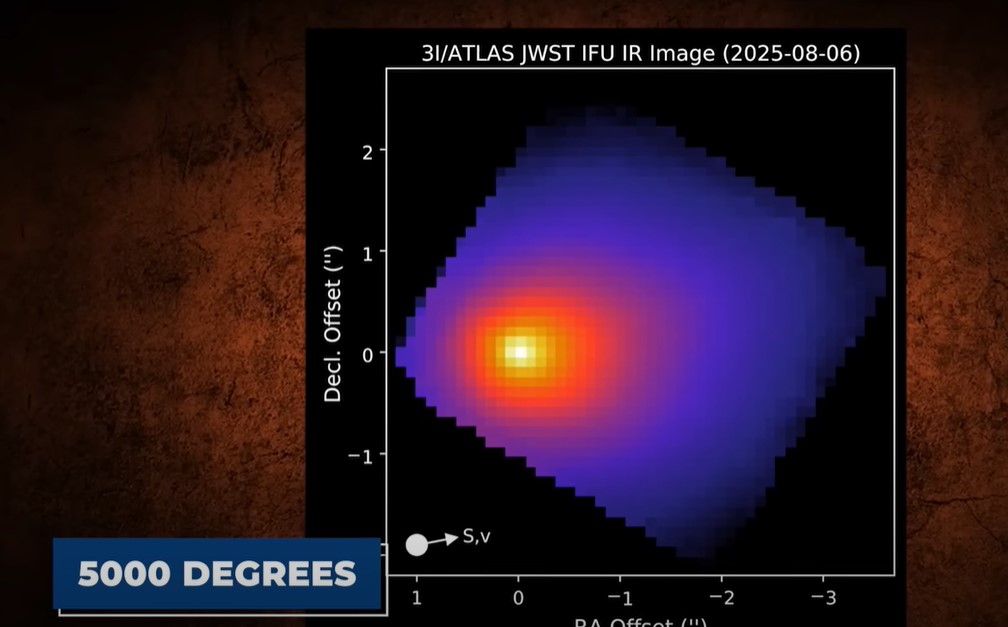
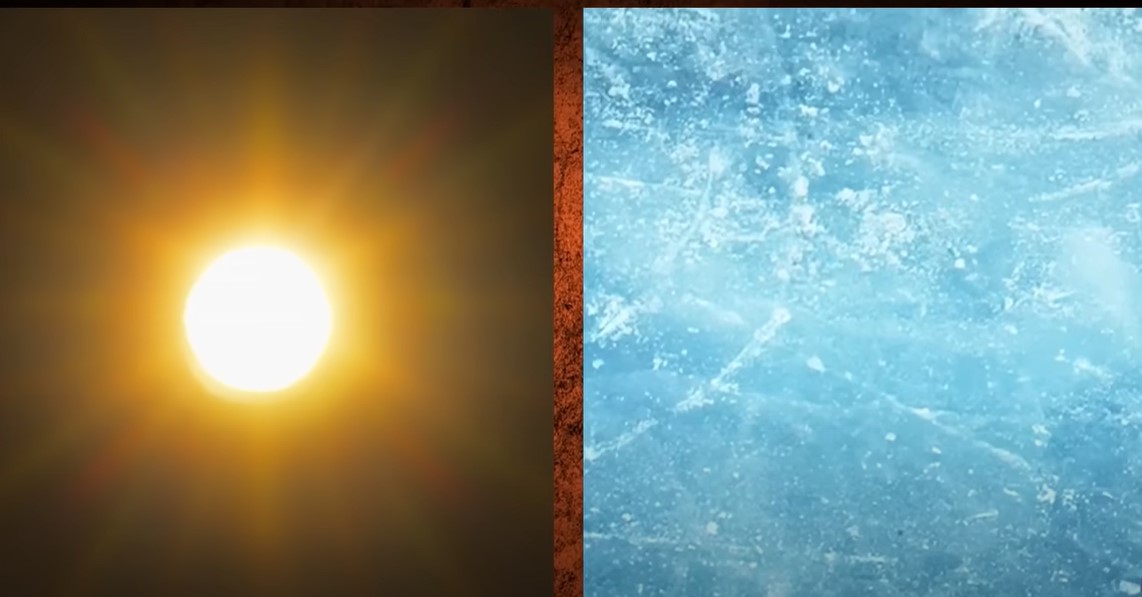
These revelations encapsulate a moment of profound uncertainty — an intricacy of interstellar mechanics that beckons for our profound investigation. Are we peering into the rebirth of an ancient machine drifting silently through the cosmos, or are we witnessing a cosmic illusion, a comet behaving far beyond its intended parameters? The implications are staggering, and as experts scramble to piece together this puzzle, the narrative of Threeey Atlas is poised to overshadow every discovery that has come before it.
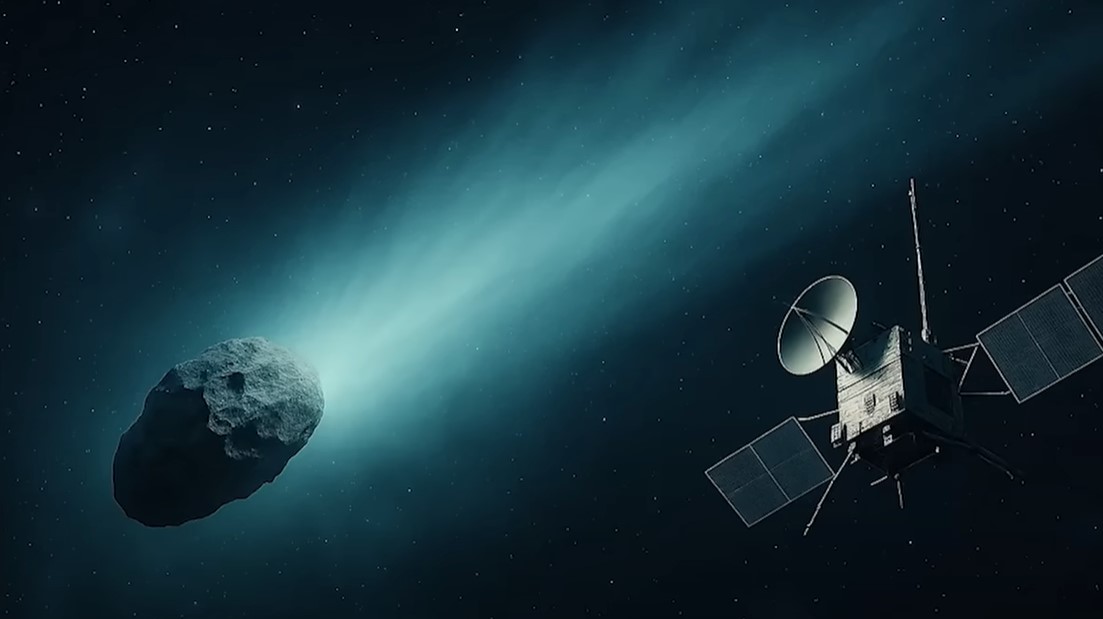
As it stands, the scientific community remains on the edge of its seat. The clock is ticking, and in the coming days, more data will be unveiled. If there’s one thing we can confirm: the journey of Threeey Atlas is far from over — and what it brings forth could alter the very foundations of humanity’s understanding of its place in the universe. As we await the next phase of this extraordinary saga, one must wonder: are we venturing into an era of unprecedented revelations, or are we simply observers of a celestial phenomenon that refuses to fit within the confines of our reality? The answers lie just beyond the next horizon as we inch closer to unraveling this grand cosmic enigma.




